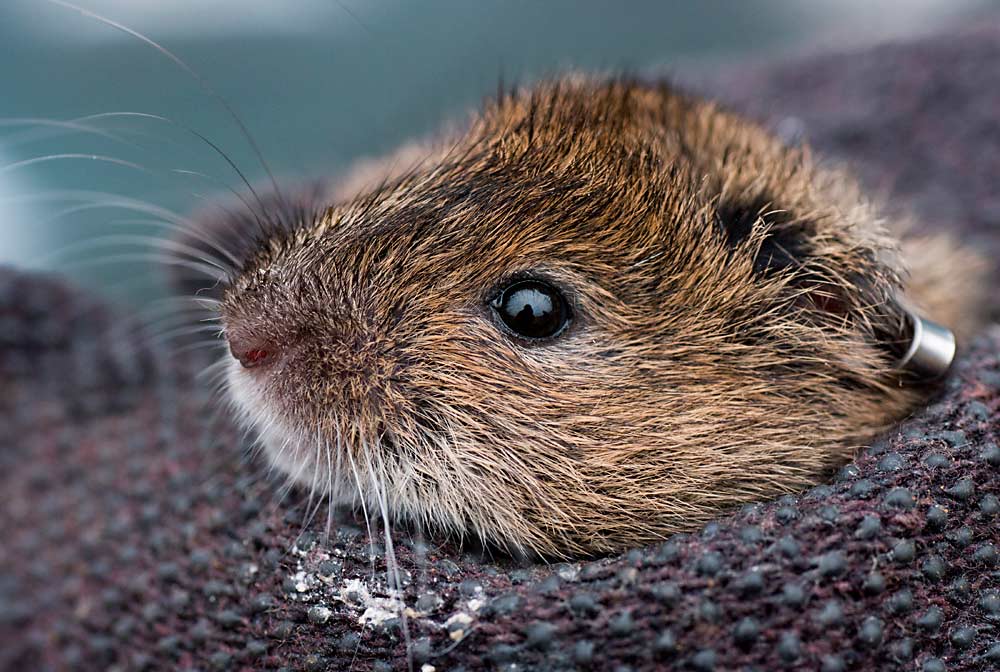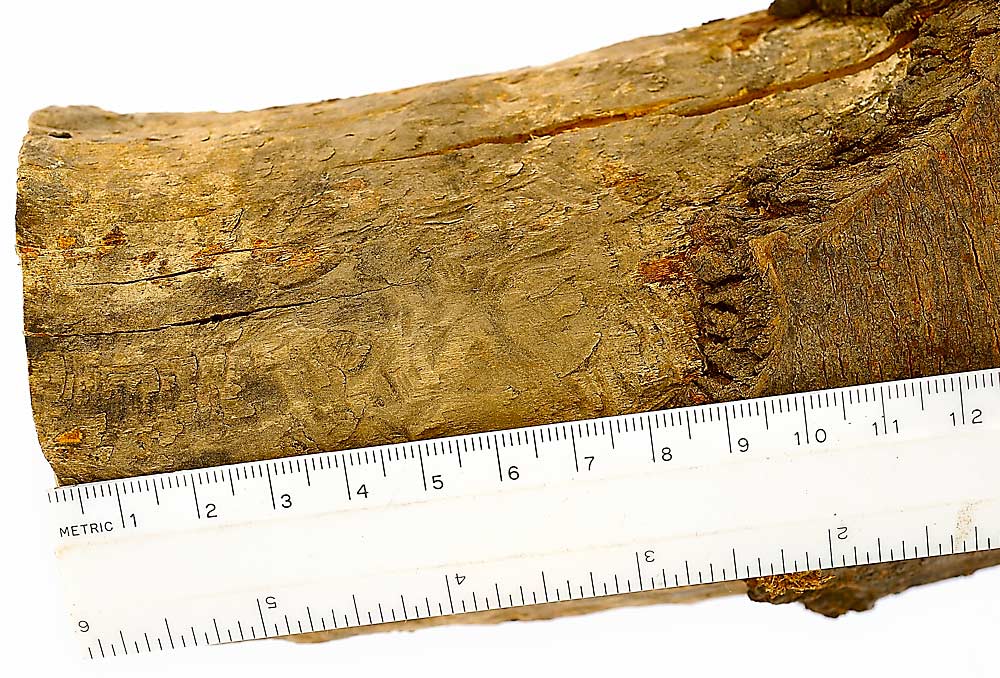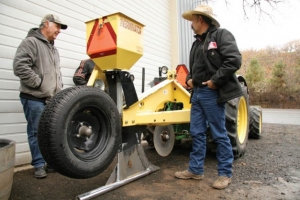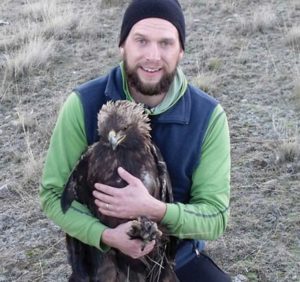
Rodent populations ebb and flow, peaking and crashing in cyclical patterns. But two Oregon fruit production areas have faced especially high vole pressure recently.
“In 2019–2020, I would say that everyone was having big problems (in the Willamette Valley),” said Dana Sanchez, an extension wildlife specialist with Oregon State University in Corvallis. That includes tree fruit growers, ranchers and grass seed producers. The fuzzy, round-bodied critters have even broken into nursery greenhouses.
During summer 2021, cherry growers in The Dalles called Ashley Thompson, a horticulture extension specialist at Oregon State University, to check out mysterious tree collapses that resembled drought stress. Shaking the trees, she discovered weak roots, but instead of actual root damage, she found bark gnawed away from the trunk, just below the soil surface, with teeth marks too small for a gopher.
“They were just girdling,” she said.

The extension specialists suspect a string of mild winters leaving ample food supply and vegetation has allowed vole populations in Oregon to irrupt, or compound with multiple generations reproducing and surviving at high rates.
Most likely, at least two different vole species are causing the trouble in the two growing areas, located more than 150 miles apart. In the verdant Willamette Valley, the prime suspect is the endemic gray-tailed vole, said Sanchez, a mammalogist. In the arid hills of The Dalles, the montane vole or creeping vole are the leading candidates.
Voles are skilled at staying out of sight, and even rodent specialists need to compare skulls and skeletal structures to tell the difference between subspecies.
Regardless of scientific name, growers want them out.
“These are such terrible pests,” said Rose Kachadoorian, a program manager for the Oregon Department of Agriculture. “They eat a lot, and they reproduce like mad.”
Thompson is advising cherry growers to amp up control measures during the winter, which is the best time to hit voles because they have less vegetation under which to hide, and populations are low. They also are more desperate for food and thus more attracted to bait, whether poisoned or in a trap.
Zinc phosphide is the most common rodent bait and is available as a granule or treated grain. When consumed, the bait releases a gas inside the rodent that breaks down internal organs. They die quickly and the gas dissipates, so there is less chance of harming raptors. Other options are the anticoagulants chlorophacinone and diphacinone, also granular. Both require the rodent to feed more than once and could harm raptors who hunt the rodents.
All three chemicals are restricted-use pesticides, and the law requires following the label. Orchard rodenticides typically have restrictions limiting use only to postharvest or during tree dormancy and prohibit application to bare ground. Some labels allow broadcast applications, including aerial use, and others do not, Kachadoorian said.
All three active ingredients work best when bait is kept dry. If allowed by the label, consider dispersing inside the mouths of tunnels or in a runway — worn-down paths in vegetation. Some labels allow covering the bait with a board, Kachadoorian said.
If using traps, place them in runways or at the entrances of burrow holes, Sanchez said. Consider covering snap traps with milk cartons to avoid catching birds that provide insect control.
Oregon and Washington have different laws regarding trapping. Not all trap styles are allowed in both states.
Meanwhile, though voles are common, researchers are still exploring ways to make trapping more efficient.
Sanchez is involved with a project using dogs to help find voles, to guide trap placement, while Kachadoorian is helping with thorough research trying to determine when they are more willing to take bait.
“We’re learning more and more about them,” Kachadoorian said.
—by Ross Courtney








Leave A Comment